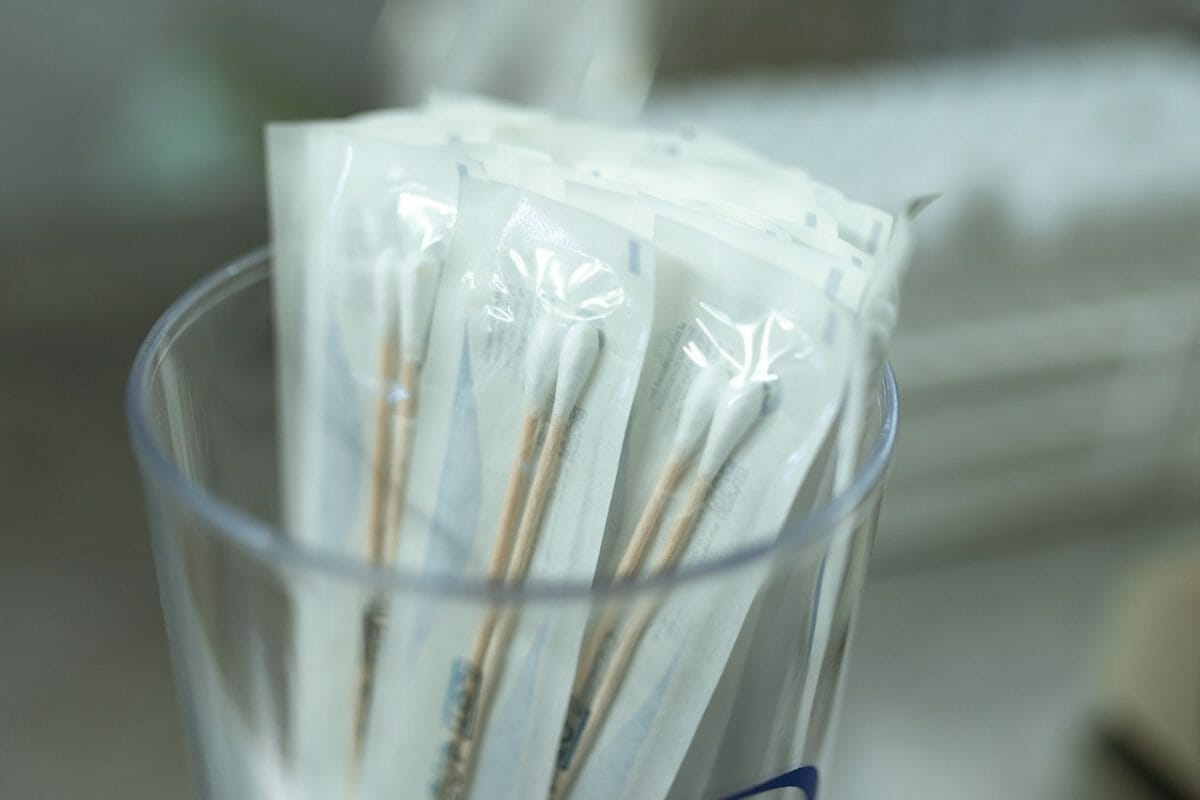With the rising cost of healthcare in the country, many medical practitioners and healthcare providers are looking for new ways to save money. Managing and organizing medical supplies is the number one burden faced by these providers – from portable first-aid kits to a fully stocked emergency room, the task list can feel never-ending.
To prevent your medical supplies from being a drain on your finances and your emotions, below are five tips to better organize your medical supplies so you can focus on providing quality healthcare instead of battling with back-end admin issues.
- Inventory Processing
One of the most critical aspects of managing your medical supplies is to start by processing your inventory correctly. Every hospital, clinic, or doctor’s room should have a carefully registered supplies list.
For this to be most effective, you must include all minor and major equipment and medical supplies. A strict classification system is vital to set an efficient standard of work.
- Critical Evaluation
For every piece of innovative medical equipment or supplies, you must know the critical information about that item. The takeaway is for every medical staff member to understand how that item is best used.
An easy way to start this is to draw up a standard use procedure for each item, paying extra attention to the basic rules for clinical application. That applies to equipment as much as it applies to medication.
- Delivery Services
When ordering new medical devices and supplies, your number one priority should be to ensure they are delivered safely and on time. Choose a reputable medical device delivery service, that way you can rest assured that your order will be delivered when you need it to.
The same applies for equipment or supplies ordered outside of the country, your focus should be on choosing the best courier for the job – and cheaper isn’t always better. Look for couriers with a great reputation within the medical community.
- Safety Checks
By making safety checks and inspections a regular occurrence in your practice, you will be taking one more step towards a securely and efficiently run healthcare business.
Regular equipment safety checks are an integral part of a medical inventory program and are the only way to ensure patient and staff safety is consistently a priority. Critical equipment, like emergency supplies and life support systems, should get checked four times a year. Lower risk equipment can get checked just once a year.
- Training Initiatives
Once you have established the processes and procedures that work the best for your setup, the only way to ensure consistency is to schedule regular training initiatives for every employee.
That is the only way for you to ensure that your nurses and staff members can recognize and report a dysfunctional medical item. Training initiatives also help keep your staff up to speed on how best to handle and use medical devices and supplies.
Improper usage can result in unwanted complications and severe repercussions for your healthcare business – no one wants that.


